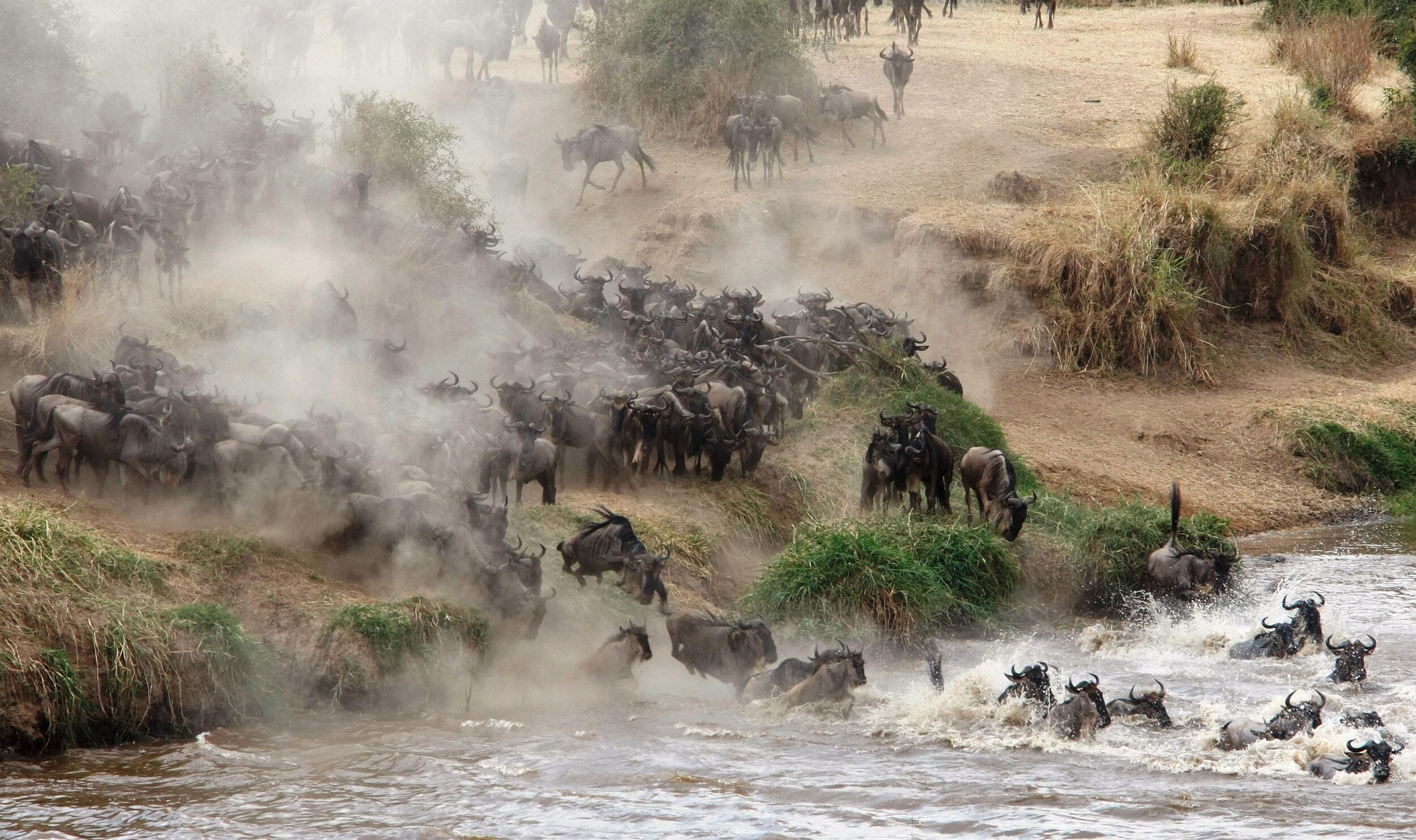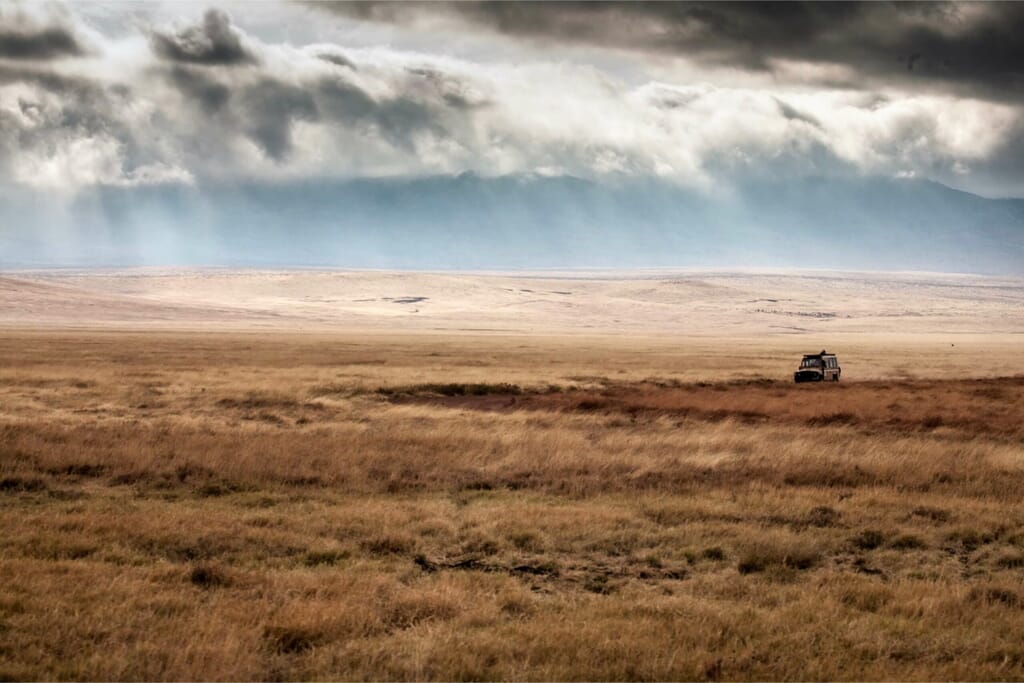
Gonarezhou National Park
An underrated Big Five destination in the remote southeast of Zimbabwe
Overview
Gonarezhou National Park

Gonarezhou National Park, meaning ‘the place of the elephants’ in Shona, is a haven for Zimbabwe’s largest tuskers, with over 11,500 roaming its vast landscapes.
Covering 5,037 square kilometres, this sprawling park stands as one of Africa’s last great wildernesses and is the second largest national park in Zimbabwe. Since becoming a protected area in 1934 and later a national park in 1975, Gonarezhou has become an integral part of the Great Limpopo Transfrontier Park, linking with South Africa’s Kruger National Park and Mozambique’s Limpopo National Park. This transfrontier expanse seeks to reestablish ancient elephant migration routes which had largely been severed through poaching.
Gonarezhou has faced challenges, including two civil wars and years of limited resources, but in 2007, the Frankfurt Zoological Society stepped in to help restore its landscapes and wildlife populations. Now a haven for the Big Five, with rhinos reintroduced in 2021, Gonarezhou is an ideal destination for families seeking an off-the-beaten-path safari experience. Adventurous families can explore this remote and rugged terrain, discovering rare wildlife and unspoiled scenery far removed from the typical tourist track.
Beyond wildlife, Gonarezhou offers insight into the Shangaan people’s cultural heritage, an indigenous group spanning South Africa, Mozambique, and Zimbabwe. Through guided excursions, visitors can immerse themselves in this rich heritage while exploring the remote and rugged landscape.
Overview
Gonarezhou National Park


Where is Gonarezhou National Park?
Gonarezhou National Park lies in the remote southeastern corner of Zimbabwe, bordering both South Africa and Mozambique as part of the Great Limpopo Transfrontier Park.
An adventurous journey to reach Gonarezhou is an eight-hour drive or a 90-minute flight from Harare, offering an unspoiled alternative to Zimbabwe’s main safari circuit. Three rivers—the Save, Runde, and Mwenezi—flow through the park, supporting lush mopane woodlands and fertile riverbeds that draw a diverse array of predators and birdlife.
Connected to the more popular Kruger National Park and Mozambique’s Limpopo National Park, Gonarezhou offers the same world-class game viewing without the crowds.

What to do in Gonarezhou National Park?
This vast, wild corner of southeastern Zimbabwe is perfect for a luxury family safari, where game drives reveal an astonishing diversity of wildlife.
As a Big Five destination, Gonarezhou boasts thrilling game drives where families can encounter lions, leopards, elephants, buffalo, and black rhinos that were reintroduced in 2021. The park is also home to over 150 mammal species, including both spotted and brown hyenas, and an extraordinary 12 packs of wild dogs. Families can choose between guided game drives or adventurous self-drive options to explore the park’s rugged terrain.
A visit to the Tembwehata and Machaniwa Pans, designated as Important Birding Areas, is a must for birding enthusiasts, while the park is also a haven for sport fishing, boasting over 50 species of fish including the Zambezi shark. For a spectacular end to the day, the dramatic Chilojo Cliffs provide stunning sunset views as their sandstone layers glow in warm shades of cream, pink, and terracotta.
Families seeking cultural enrichment can explore Mahenye Village, home to the Shangaan people, where traditional mud-and-thatch homesteads offer insight into the local way of life. For a deeper understanding, a tour with conservation expert Clive Stockil reveals his pivotal role in restoring the village after its residents were displaced when Gonarezhou was declared a national park in 1975.

Best time to visit?
The ideal time to visit Gonarezhou National Park is during the cooler, dry season from June to October. As water sources become scarce, a remarkable variety of wildlife is drawn to the park’s three major rivers. The thinning riverine woodlands at this time offer excellent opportunities to spot the reintroduced rhinos and large herds of elephants.
The early wet season, from October to December, is also a unique time to visit. While some roads may become impassable— leading to the park being closed from January to March—the birding is exceptional, and the arrival of rains brings a lush, vibrant blanket of flora to the landscape.

Who should visit?
Gonarezhou National Park appeals to adventurous families on a self-drive safari as well as seasoned safari-goers looking for a little known Big Five destination.
With vast, untamed landscapes, striking scenery and Big Five game, families can embrace the thrill of exploring the park at their own pace, stopping at rustic campsites like Director’s Camp along the way. For a truly immersive experience, families can stay in manangas—traditional Shangaan mud huts run by local women, adding an authentic cultural touch to the adventure.
For those seeking a bit more comfort, Chilo Gorge Safari Lodge offers ensuite suites and stunning views of the Chilojo Cliffs, while newly opened luxury camps like Singita Pamushana cater to those who prefer a more refined safari experience.
















